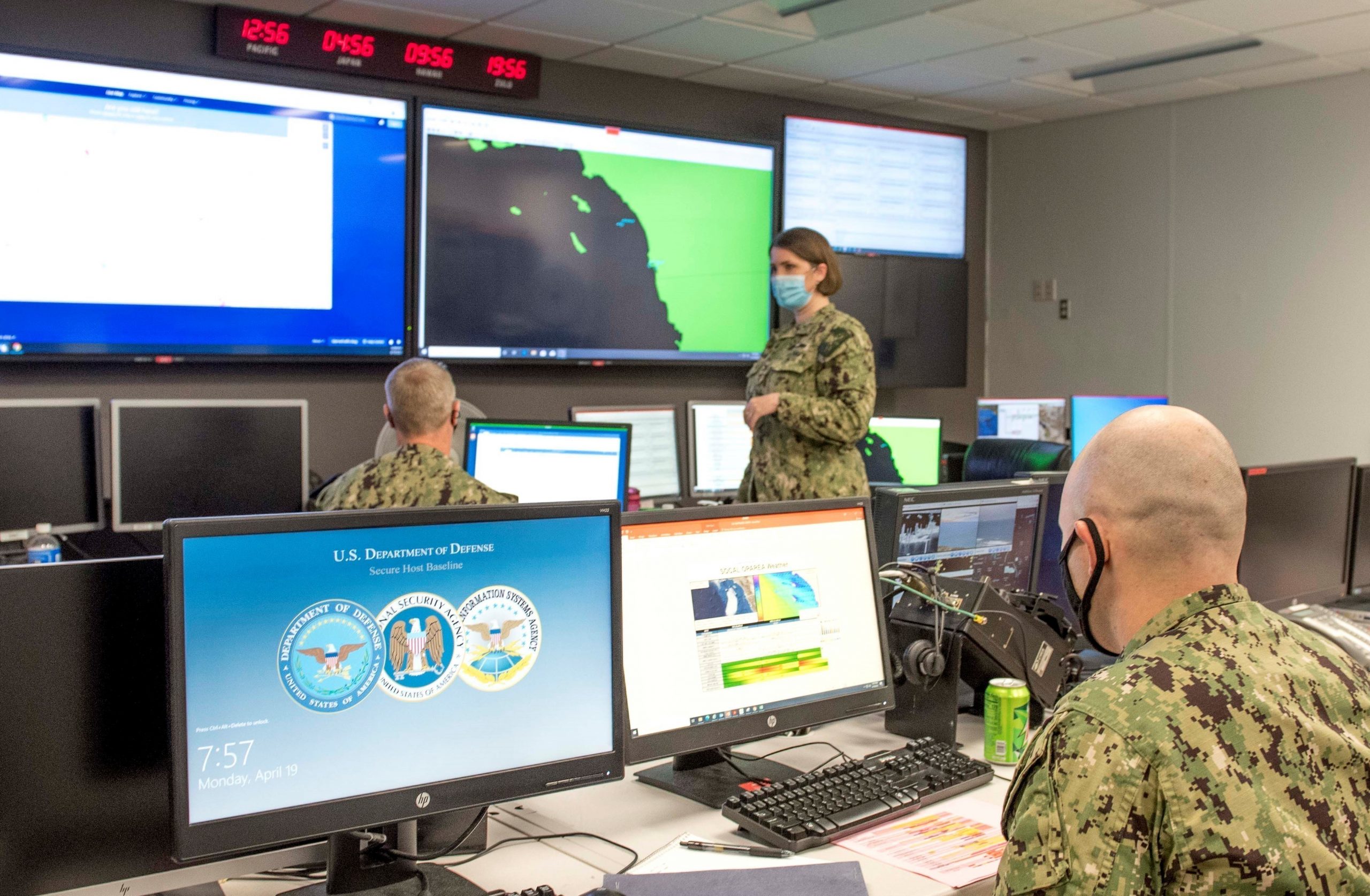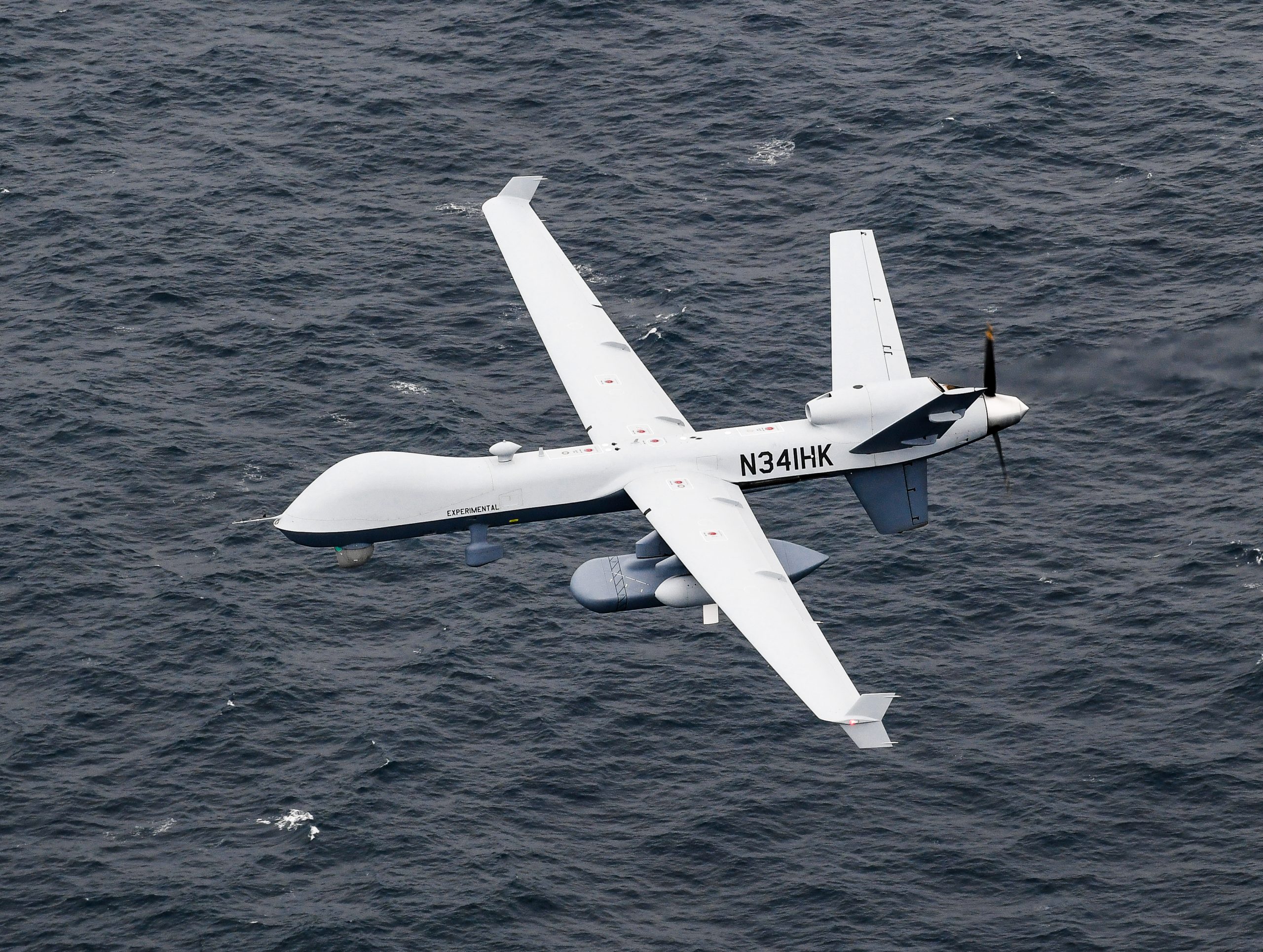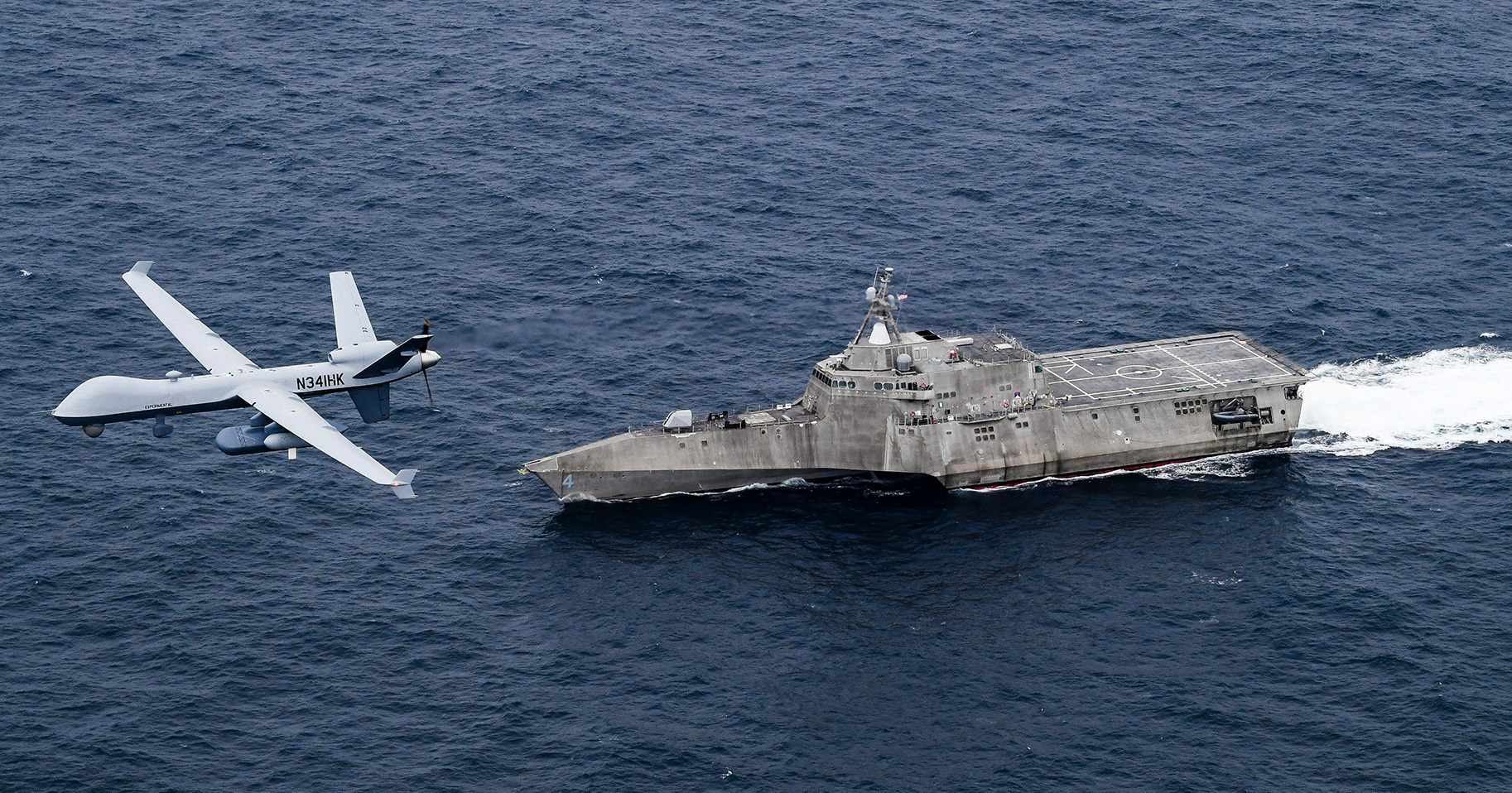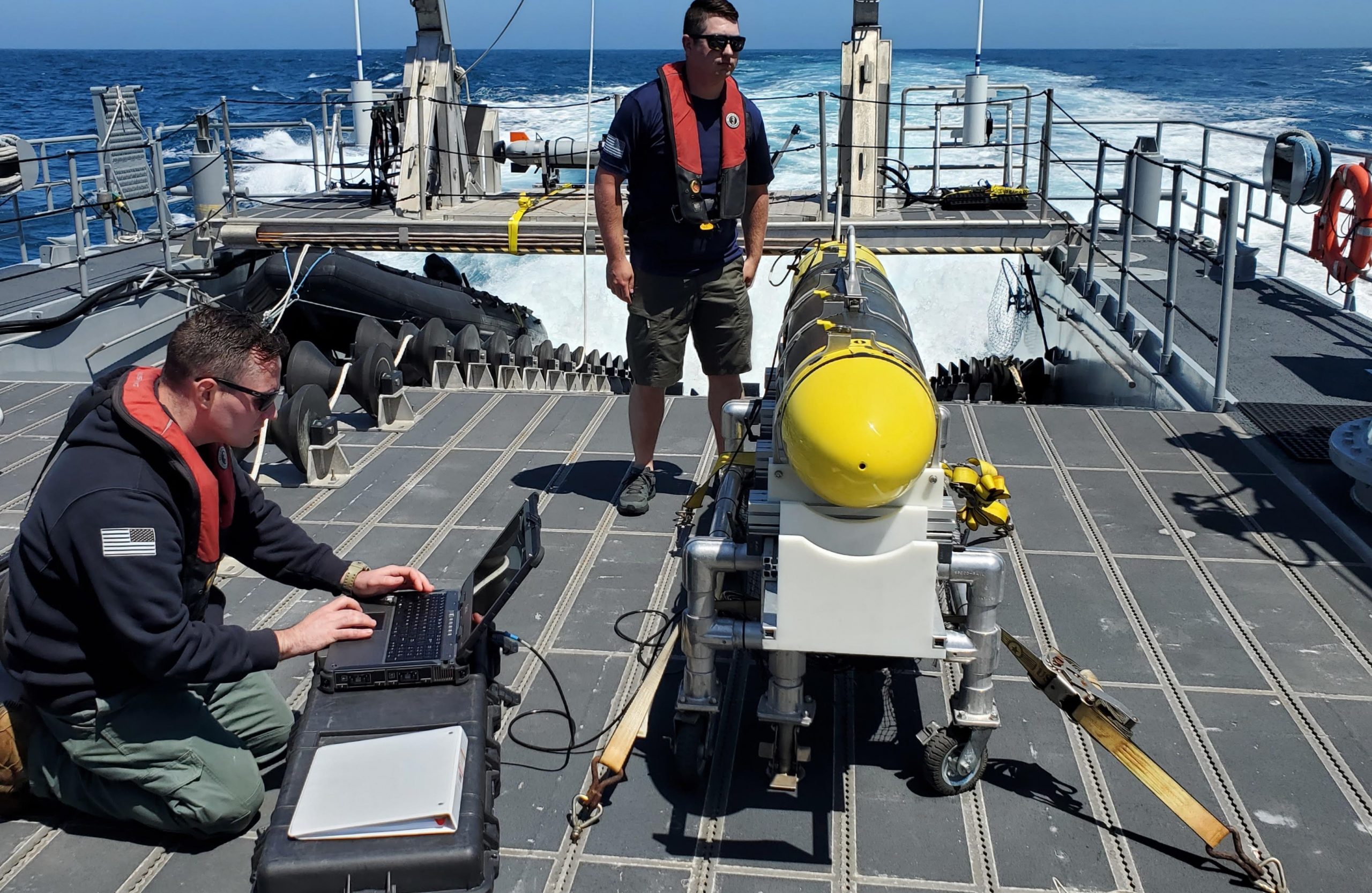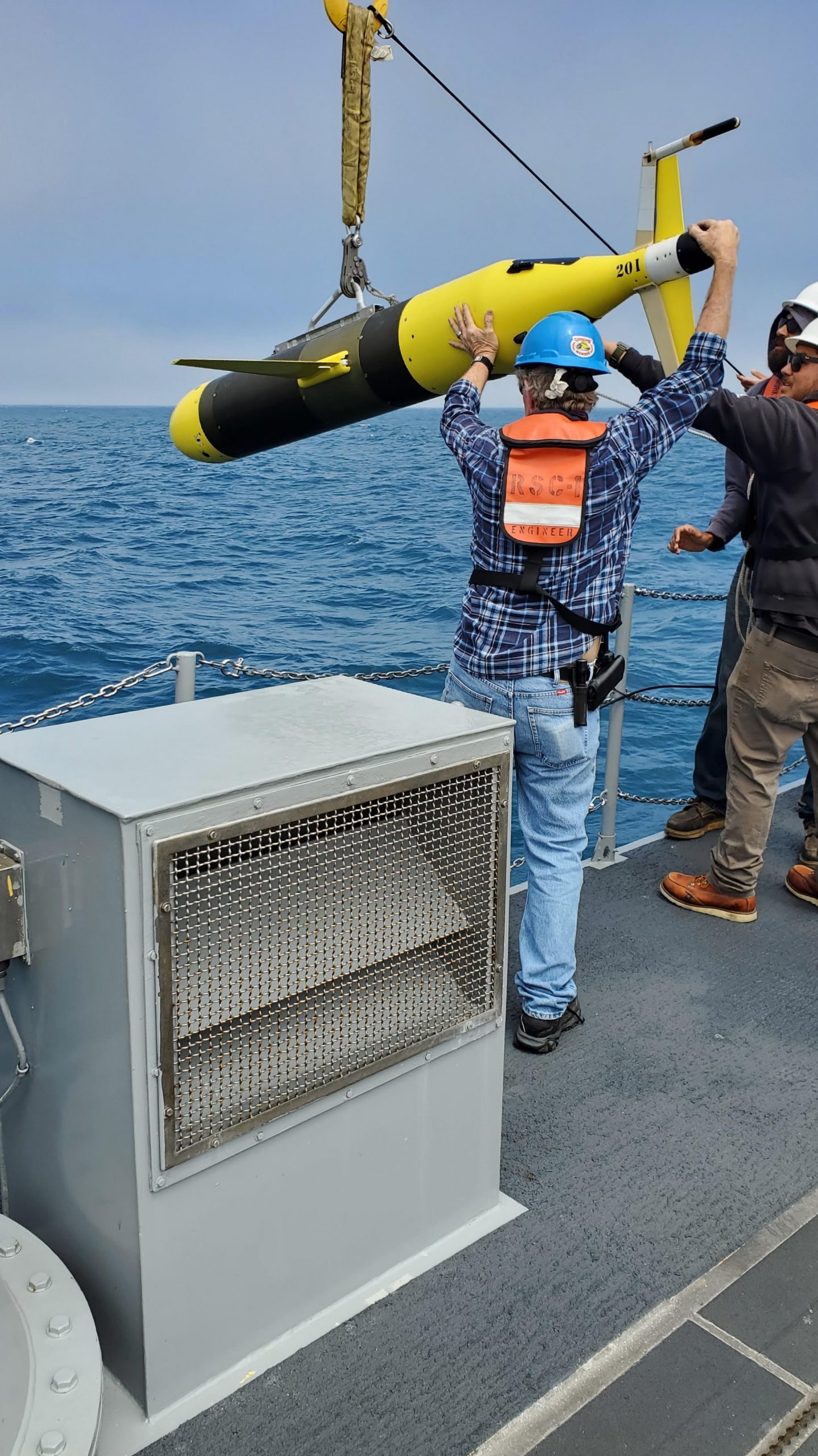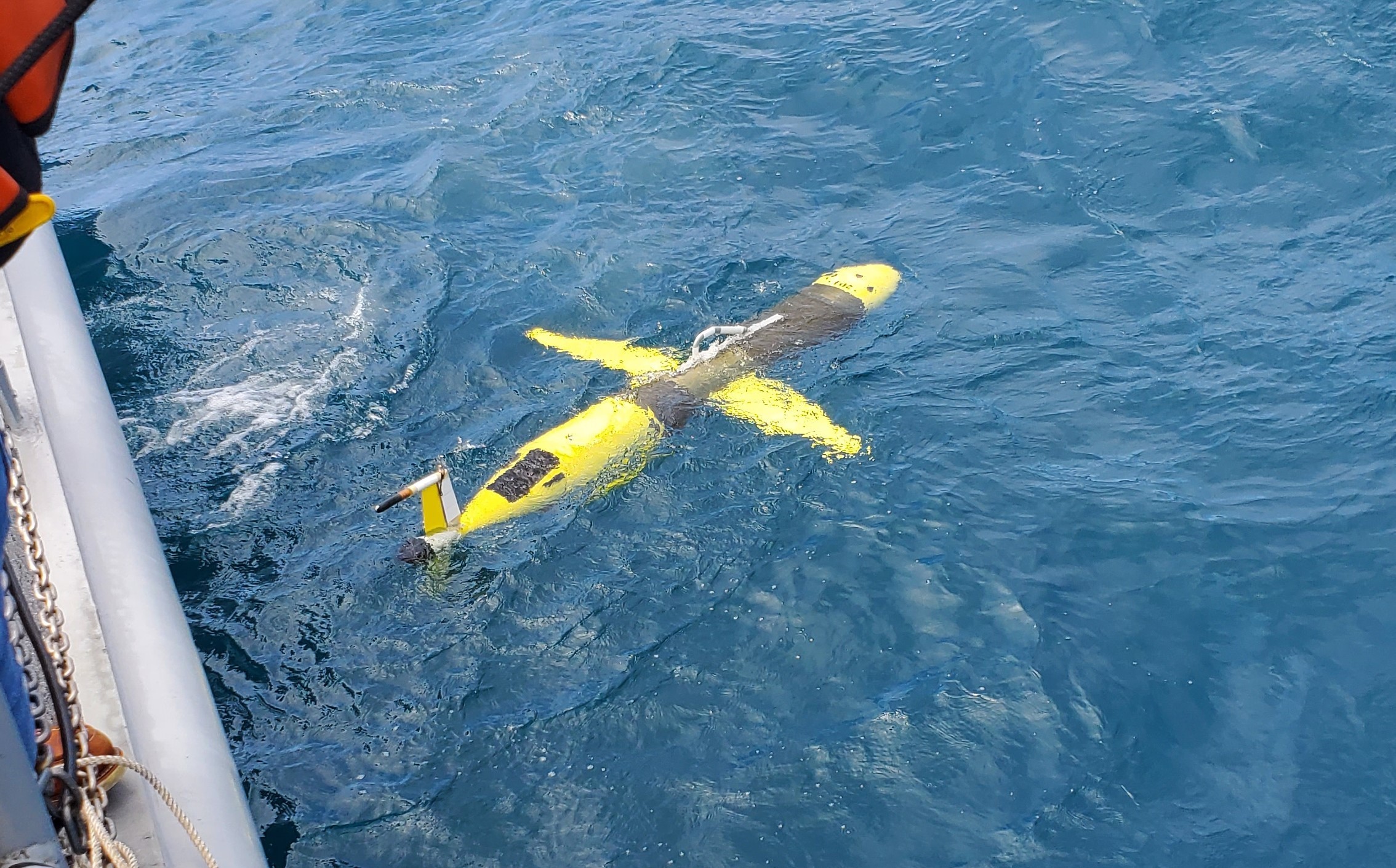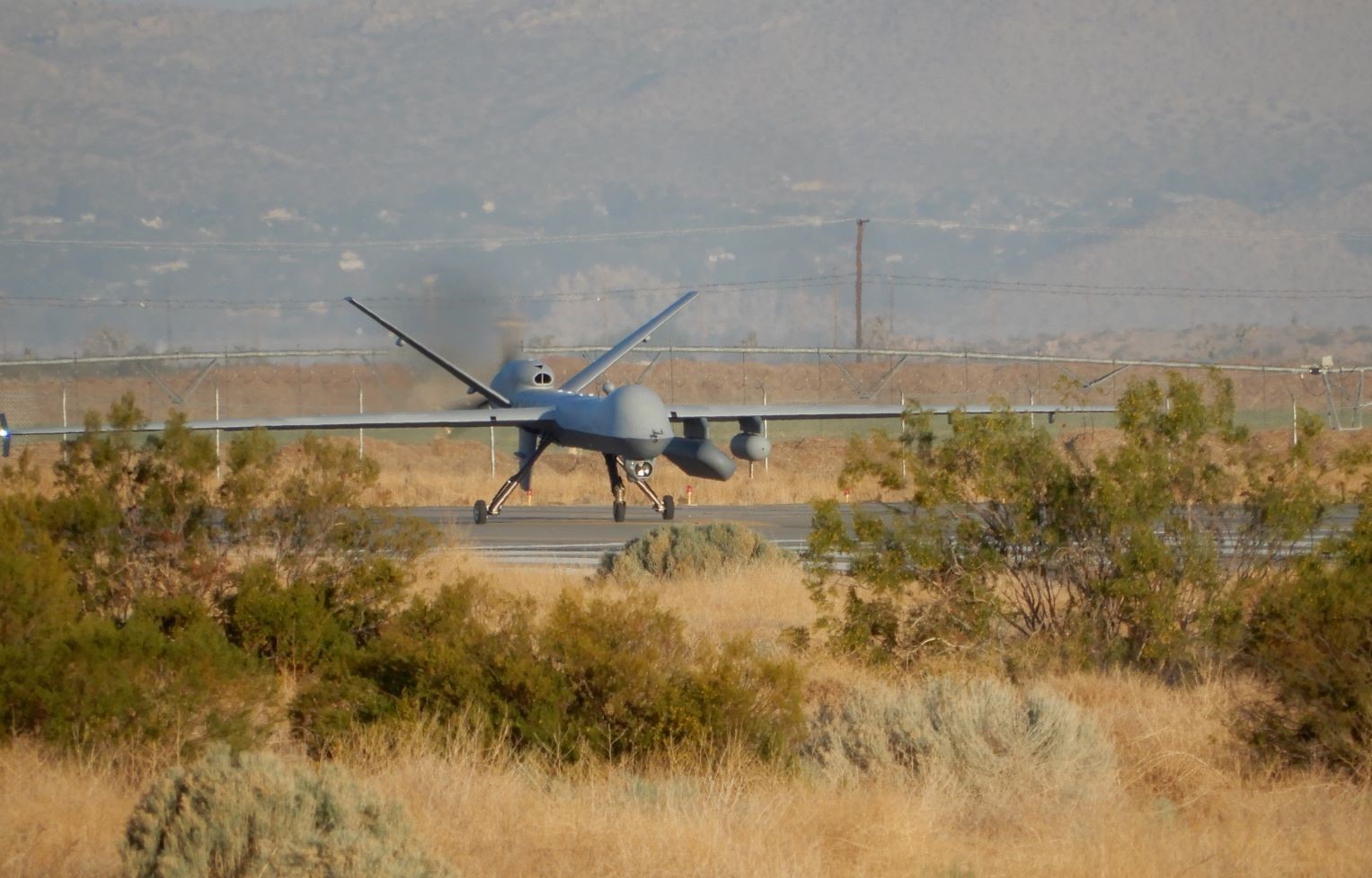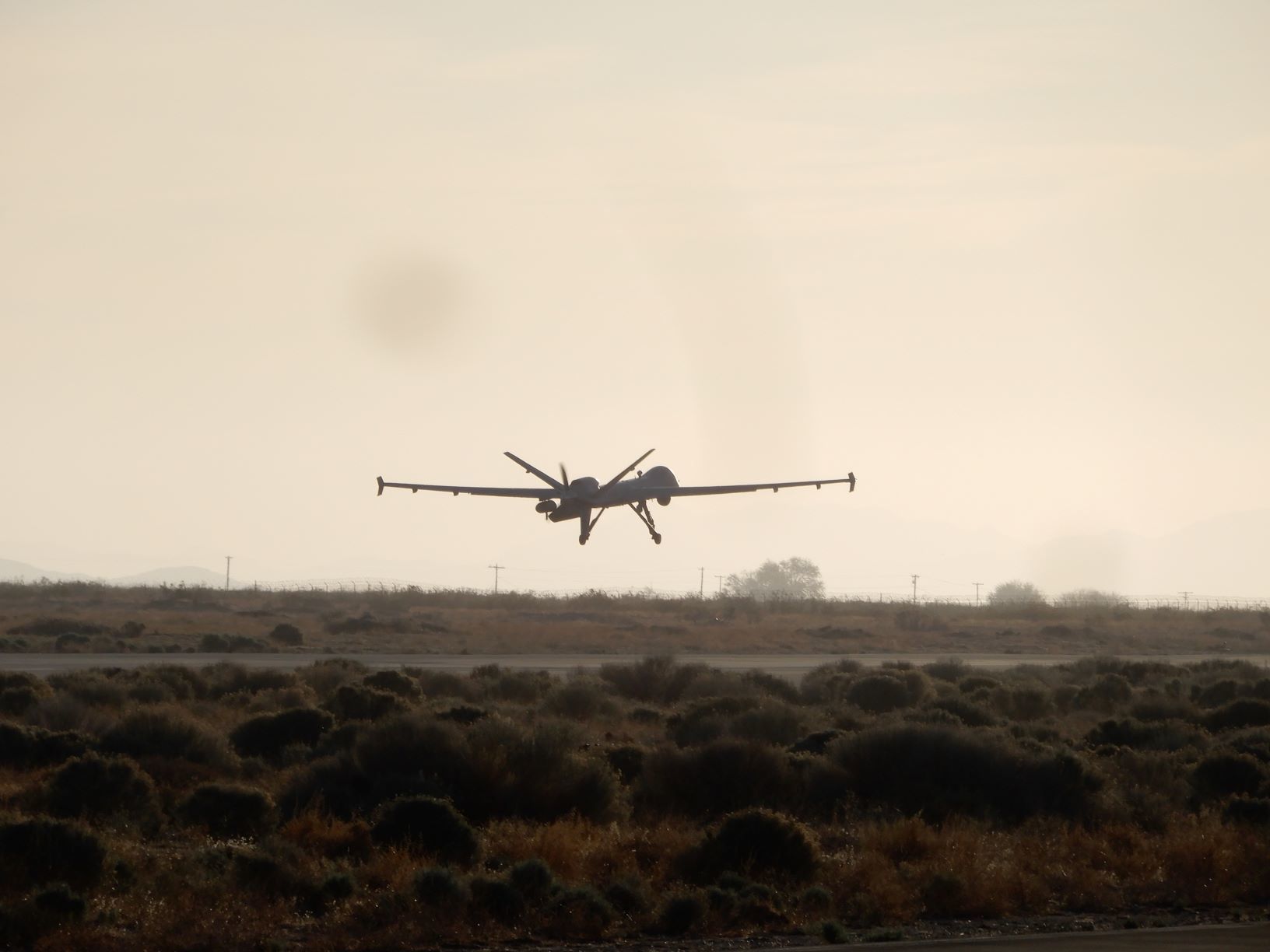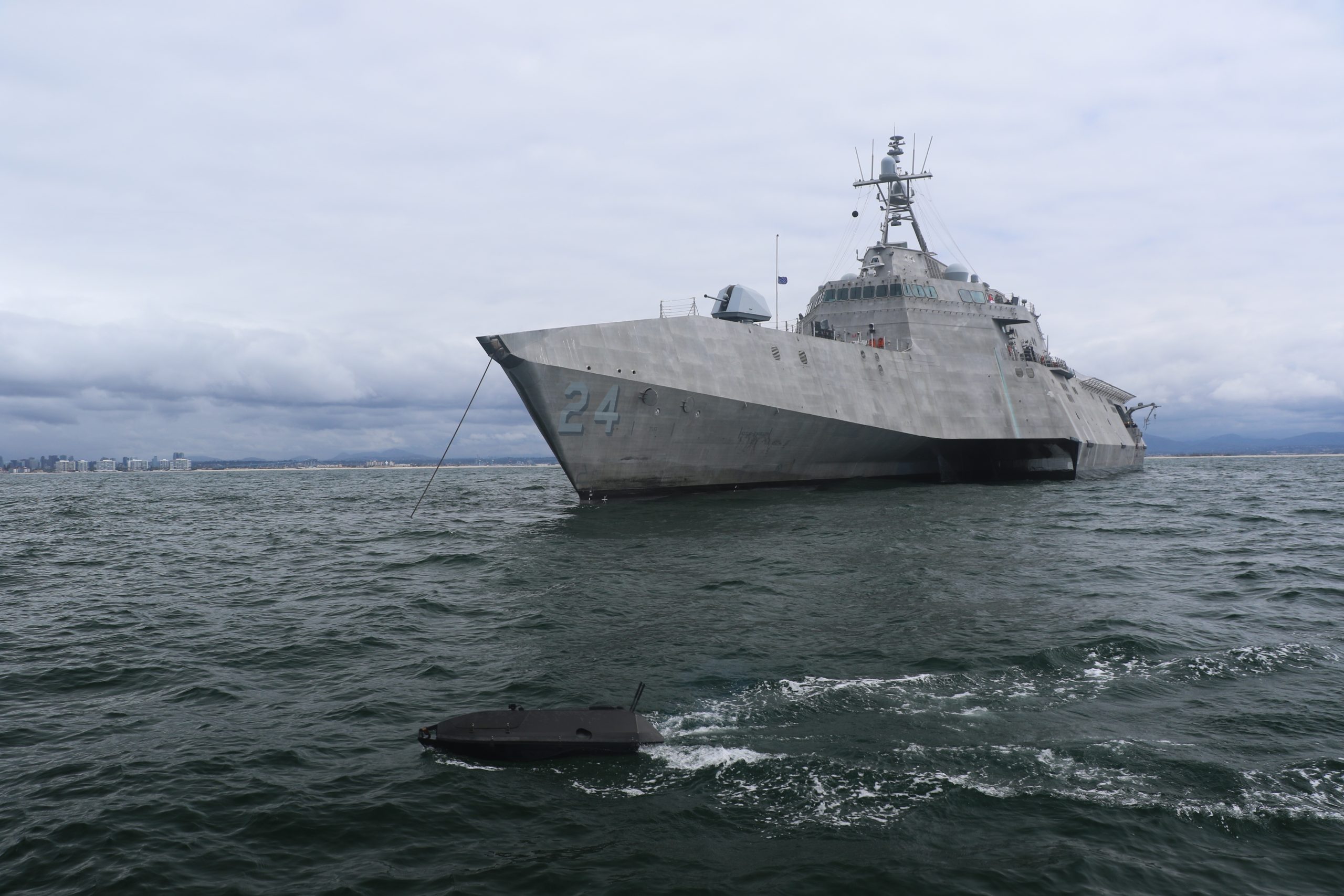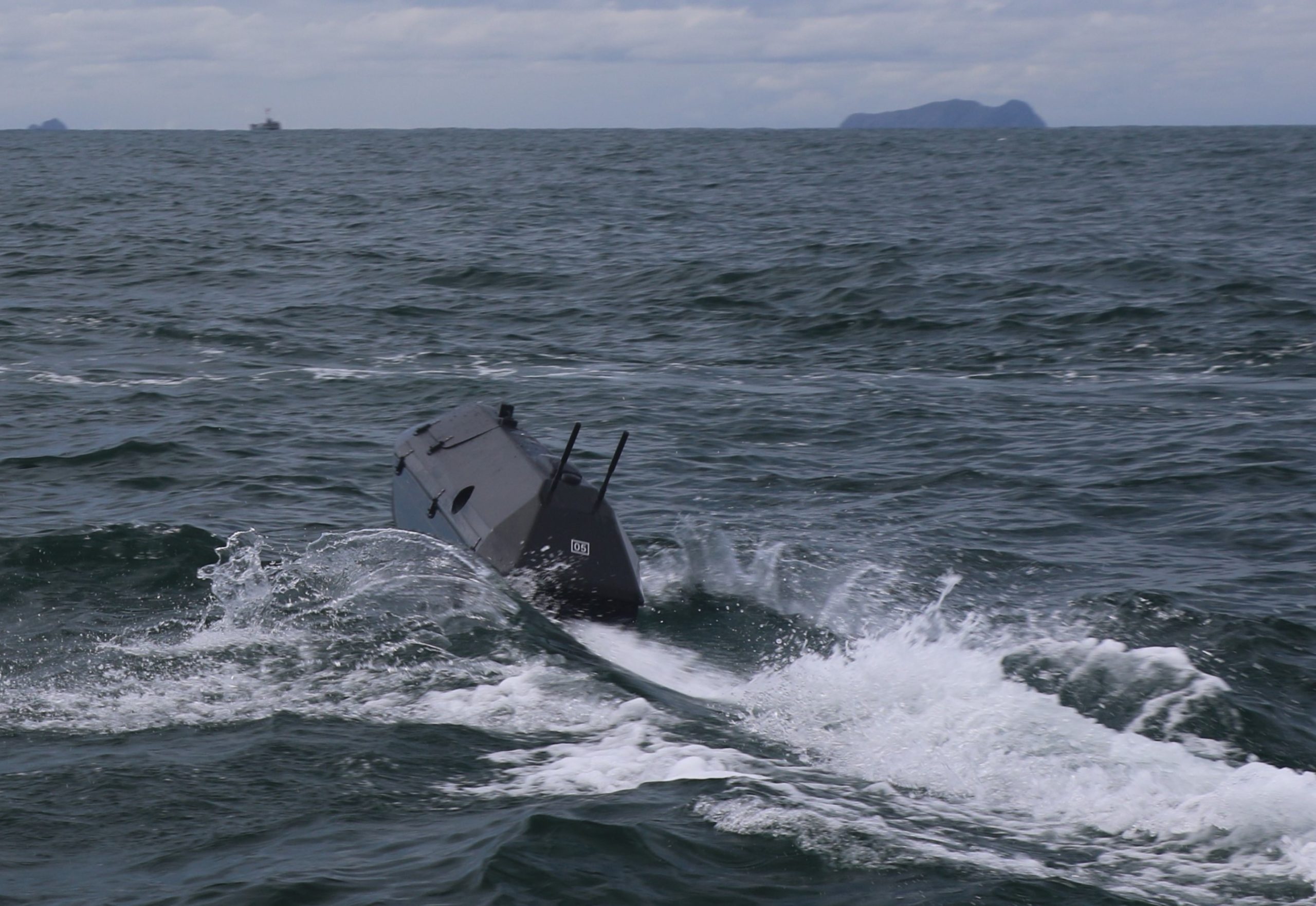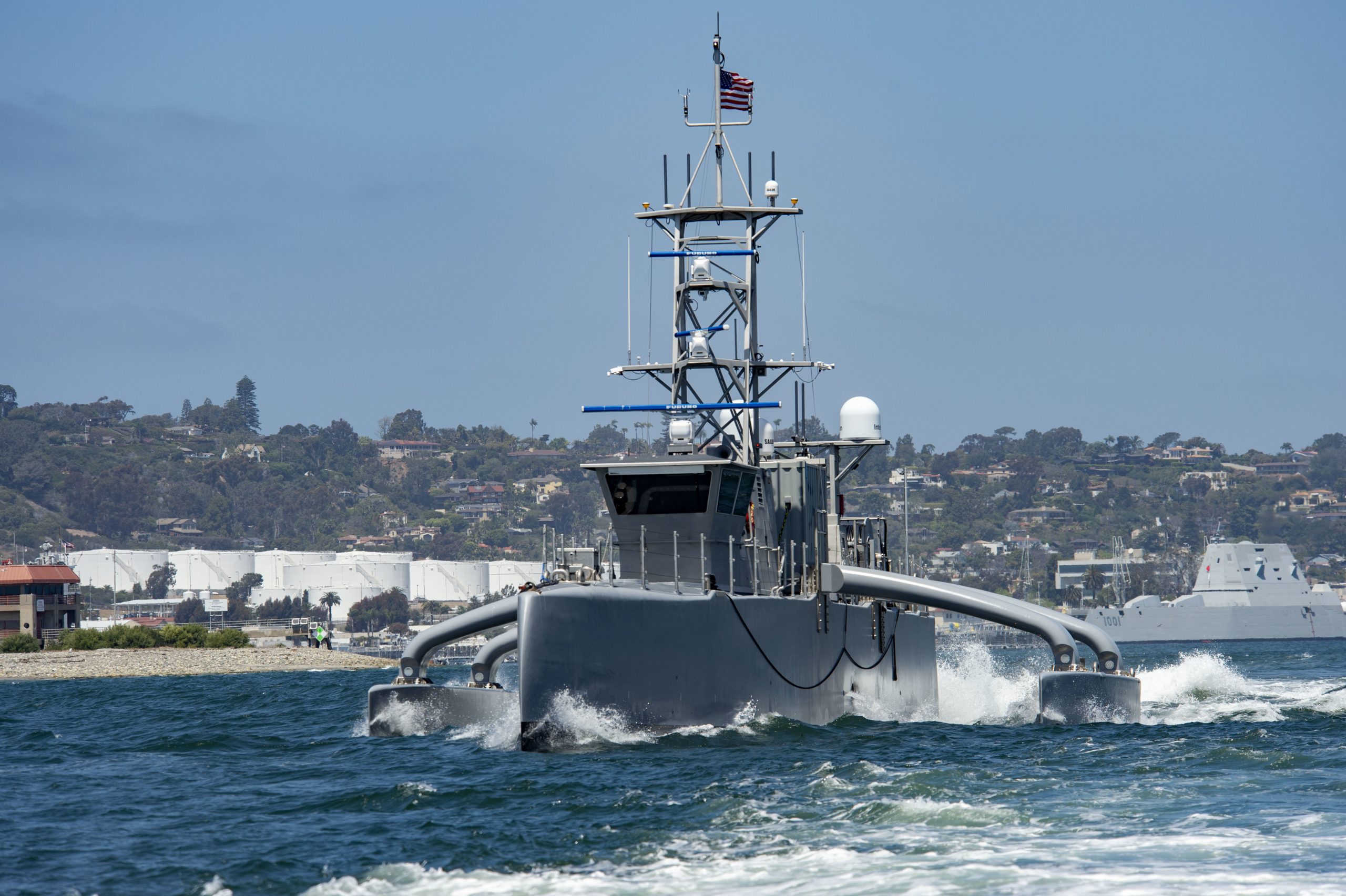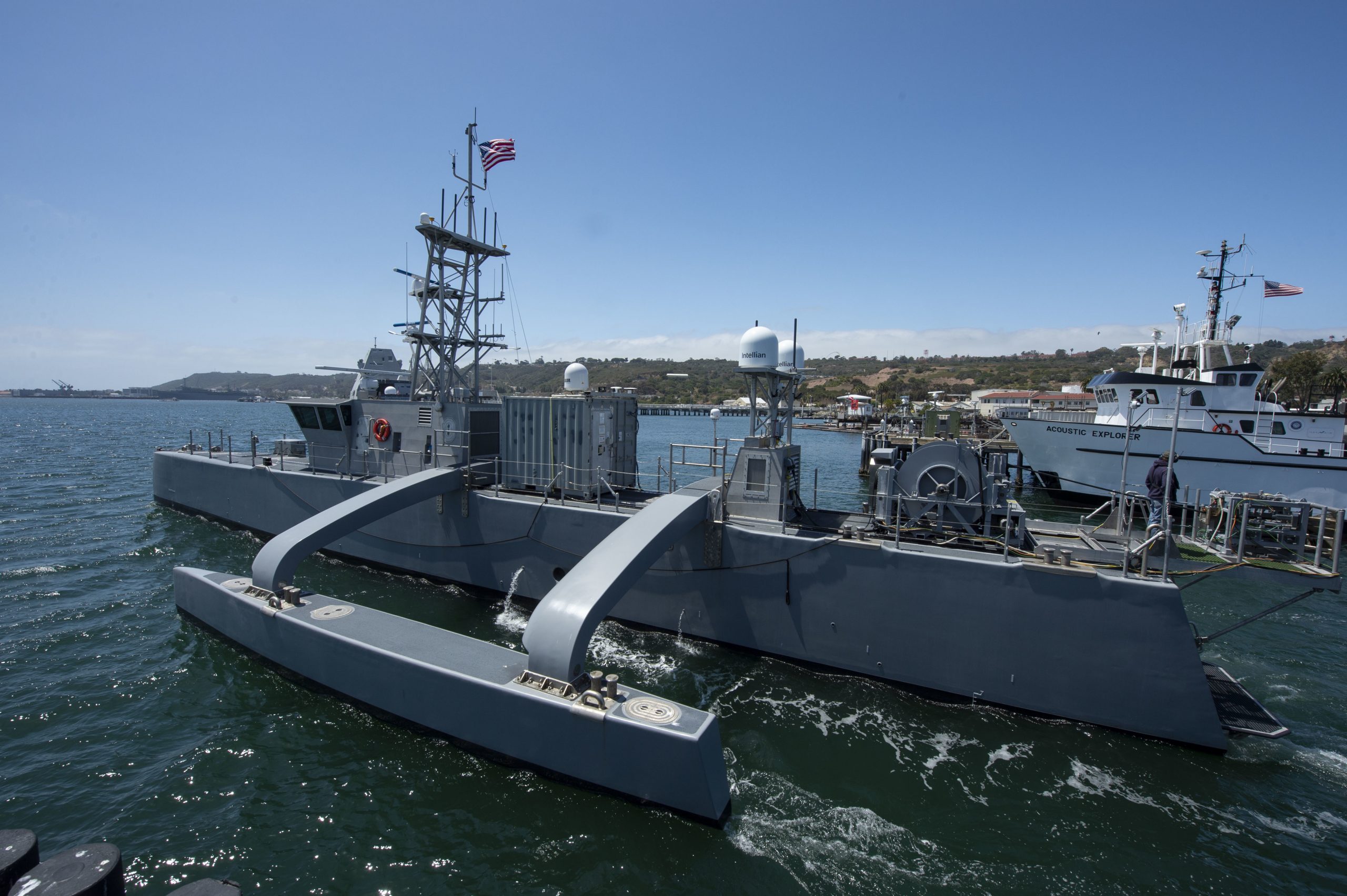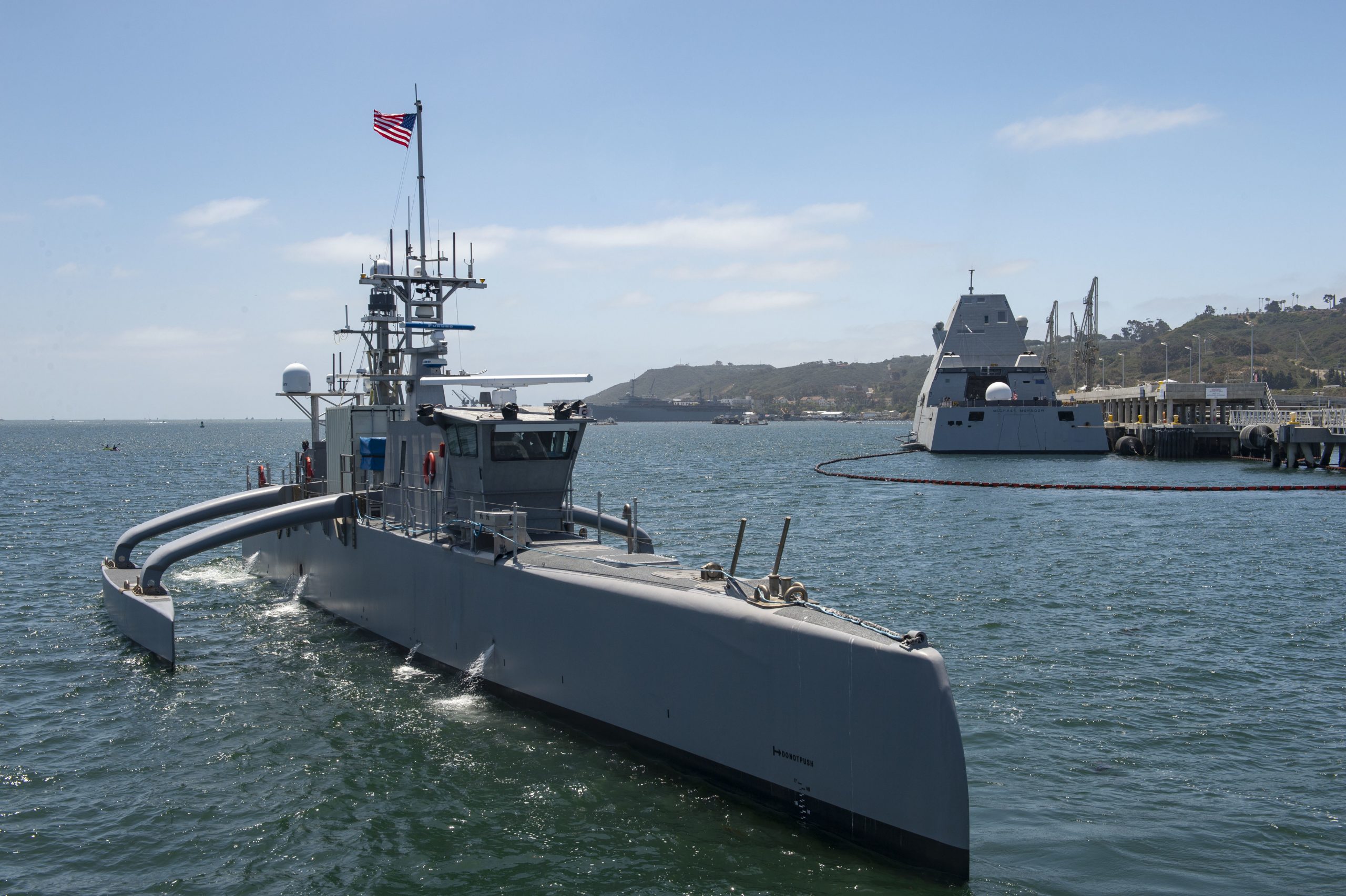The pathway for the U.S. Navy to integrate unmanned surface vessels into its fleet operations is for these vehicles to be able to effectively and efficiently support real-world tasks that fit into maritime concepts of operations, rather than being disruptive technology to mission operations and undercutting combat capability.
in an interview with Jack Rowley, the Chief Technology Officer and Senior Naval Architect and Ocean Engineer with Maritime Tactical Systems (MARTAC), he argued that the U.S. Navy has the opportunity to do so now.
According to Rowley: “The Navy has, in the past year, shown excellent initiative on the need for both USVs and UUVs within the Maritime Environment.
“To the point that they have set up a UUVRON-1 in Keyport, WA and the SURFDEVRON-1 in San Diego to start using them with fleet assets, not only in scheduled exercises, but to also begin looking at using them to visualize what they can do as a key player with manned fleet units.”
In other words, the U.S. Navy is moving closer to the opportunity to incorporate unmanned maritime surface vessels as part of its modular task force approach to operating the force as a kill web.
Currently, the experiment, test and verify process is underway in what Pac Fleet is calling “Unmanned Integrated Battle Problem 21.”
In an April 15, 2021 3rd Fleet story, the opening of the exercise was highlighted.
The Navy begins its inaugural multi-domain manned and unmanned capabilities exercise Apr 19. The exercise will feature unmanned capabilities “Above the Sea, On the Sea and Below the Sea.”
Led by U.S. Pacific Fleet and executed by U.S. 3rd Fleet, Unmanned Integrated Battle Problem 21 will generate warfighting advantages by integrating multi-domain manned and unmanned capabilities into the most challenging operational scenarios.
The exercise will feature operational, unmanned systems such as the MQ-9 Sea Guardian Unmanned Aerial Vehicle, the Medium Displacement Unmanned Surface Vessels Sea Hunter and Sea Hawk, and small and medium Unmanned Undersea Vehicles with modular payloads.
“Building off advances achieved over the past decade in unmanned aviation, Pacific Fleet is answering the Chief of Naval Operations’ drive to put the Navy’s Unmanned Campaign Plan into action,” says Rear Adm. Robert M. Gaucher, director of maritime headquarters at U.S. Pacific Fleet. “Furthermore, by exercising our full range of unmanned capabilities in a Pacific warfighting scenario, UxS IBP21 directly supports U.S. Indo-Pacific Command’s warfighting imperative of driving lethality through experimentation.”
Unmanned systems alongside the traditional, manned naval force will give the U.S. Navy the advantage needed to fight, win and deter potential aggressors. This exercise will directly inform warfighters, warfare centers and developers to further incorporate unmanned capabilities in day-to-day Fleet operations and battle plans.
“The overall goal is to integrate our unmanned capabilities across all domains to demonstrate how they solve CNO and Fleet Commander Key Operational Problems,” says Gaucher. “To get after these problems, UxS IBP21 will include maneuvering in contested space across all domains; targeting and fires; and intelligence, reconnaissance and surveillance.”
A Distinguished Visitor Day, hosted aboard Naval Base San Diego, April 16, will enable Navy officials and Fleet commanders to view the unmanned capabilities prior to their operational use in the exercise.
U.S. 3rd Fleet leads naval forces in the Indo-Pacific and provides the realistic, relevant training necessary to flawlessly execute our Navy’s timeless roles of sea control and power projection. U.S. 3rd Fleet works in close coordination with other numbered Fleets to provide commanders with capable, ready assets to deploy forward and win in day-to-day competition, in crisis, and in conflict.
Gidget Fuentes in an article published by USNI News on April 20, 2021 provided an overview on the exercise:
Off the southern California coast this week, the Navy has amassed a small fleet to help figure how its operational forces can use aerial drones, autonomous surface and subsurface vehicles in an integrated fight at sea and in the air to support the manned fleet.
That’s the overarching goal of “Unmanned Integrated Battle Problem 21,” a U.S. Pacific Fleet-led exercise to “exercise unmanned command and control, wring out tactics, techniques and procedures, and give our operators experience with unmanned systems at sea in a combat environment,” according to 3rd Fleet, which is overseeing the exercise that runs April 19 to 26.
“Our goal for this exercise is to evaluate these unmanned systems and how they can actually team with manned systems,” Rear Adm. Jim Aiken, technical manager for the exercise and Carrier Strike Group 3 commander, said during a Tuesday media call. “We’ll be able to evaluate what we can do and what we can’t do in trying to create an advantage – a warfighting advantage. Sometimes, that would be in reconnaissance, sometimes that would be surveillance, sometimes that will be we’ll be able to move data faster, command and control.”
Then “we’re going to make sure it gets into the hands of the sailors,” Aiken said, adding: “We need to move things from the technical community to the tactical community.”
“We need to move things into the hands of sailors and then let sailors use their ingenuity,” he said. Junior sailors and junior officers “just don’t sit quietly. They’re able to contribute, they’re able to apply these types of systems into capabilities in order to make warfighting” TTPs….
And in an Office of Naval Research piece published on April 22, 2021, the exercise was highlighted as follows:
Chief of Naval Research Rear Adm. Lorin Selby today declared “the state of our Naval unmanned capabilities is truly unmatched,” and vowed continued support for the nation’s ongoing transition to a hybrid manned-unmanned force in the future.
Speaking during a visit to San Diego for the U.S. Pacific Fleet-led Unmanned Integrated Battle Problem 21 (IBP21), Selby said the exercise, which puts into operation different unmanned vehicles “Above the sea, On the sea and Below the sea,” demonstrates that America’s growing focus on autonomous capabilities is showing impressive results.
“We are not yet where we want to be,” said Selby, “but we are getting closer. As our potential adversaries go all-in on unmanned platforms, we must and will maintain a dominant force that can meet and defeat any challenge.”
During the exercise, a large number of multi-domain unmanned platforms—including unmanned aerial, surface and underwater vehicles (UAVs, USVs and UUVs, respectively)—are being put into real-world, “blue-water” environments, working in sync with manned platforms in actual combat drills designed to support Pacific Fleet objectives in the Indo-Pacific region.
Many of the platforms in IBP21 are supported by the Naval Research Enterprise (NRE), which Selby commands. Comprising the Office of Naval Research (ONR); the Naval Research Laboratory; and the Office of Naval Research Global (ONR Global), the NRE is tasked with providing the capabilities and long-term vision ensuring U.S. naval dominance today and into the future.
While many platforms in IBP21 are classified, officials are highlighting the Medium Displacement Unmanned Surface Vehicles (MDUSV) Sea Hunter and its new sister craft, Sea Hawk, as well as a long-endurance UAS—all of which can be used for surveillance, anti-submarine warfare and other missions.
Sea Hunter is already a proven player in the Navy’s unmanned portfolio. In 2019, the vessel completed an autonomous trip from San Diego to Pearl Harbor, a distance of over 2,000 nautical miles, and returned, demonstrating credible and relevant naval capability.
Both MDUSVs can host multiple payloads and perform multiple missions to support Sailor and Marine objectives—and both are seen as game-changers.
Indeed, the performance of many new unmanned technologies are leading the Navy and Marine Corps to rethink concepts of operations, as noted in the widely publicized naval document “Unmanned Campaign Framework,” which was recently released by the Department of the Navy.
The Unmanned Campaign Framework notes autonomy will complement, not replace, manned assets, and will provide warfighters far more options in combat.
Dr. Marcus Tepaske, who leads ONR Global’s Experimentation and Analysis program and is coordinating many platforms in use during IBP21, confirmed naval unmanned capabilities are accelerating. He said these kinds of large-scale exercises are essential to ensure what works in theory will work in the fleet.
“The best test you can put a technology through is one where the warfighters get to work with it,” Tepaske said. “Real-world applications are messier, dirtier, wetter and absolutely more beneficial than anything we can test in a lab.”
“Getting the warfighters’ feedback on using these unmanned systems will be one real measure of success for IBP21.”
Coordinating multi-domain manned and unmanned teaming efforts with so many different systems is in itself a daunting challenge. That job is being led by Pacific Fleet crews aboard USS Michael Monsoor (DDG-1001), one of three Zumwalt-class guided missile destroyers with unique advanced capabilities for command and control.
Ultimately, experts say, autonomous systems are here to stay.
Dr. Jason Stack, ONR’s technical director and autonomy lead, is encouraged by the forward thinking and real-world forward movement represented by IBP21. Intelligent autonomous systems, he said, will be an essential part of the Navy and Marine Corps in the near-term.
“When you read the Unmanned Campaign Framework, the serious challenge we face from well-funded, highly-motivated, competitive naval forces around the world—all accelerating their autonomous capabilities—is clear,” he said.
Stack noted that the U.S. and allied partners have a more robust commitment to the ethical use of unmanned systems and artificial intelligence when compared to some other nations.
“Our goal is to operationally integrate and continuously improve the types of intelligent and autonomous technologies that Pacific Fleet is testing right now,” he said. “We will do this ethically and responsibly by always ensuring our Sailors and Marines can exercise the appropriate levels of human judgement over our machines. This will be our enduring competitive advantage.”
The IBP21 exercise is the initial step in the Navy’s commitment to operational experimentation with autonomous systems in the fleet. Following its completion, the Navy and Marine Corps will assess what worked, what didn’t, and how to accelerate unmanned capabilities for the fleet and force.
Featured Video: (April 16, 2021) Acting Secretary of the Navy Thomas W. Harker discusses unmanned vessels at Pier 12 on Naval Base San Diego during Unmanned Integrated Battle Problem 21 (UxS IBP 21) Distinguished Visitor Day, April 16. U.S. Pacific Fleet’s UxS IBP 21, April 19-26, integrates manned and unmanned capabilities into the most challenging operational scenarios to generate warfighting advantages. (U.S. Navy video by Mass Communication Specialist 3rd Class Matthew F. Jackson)


